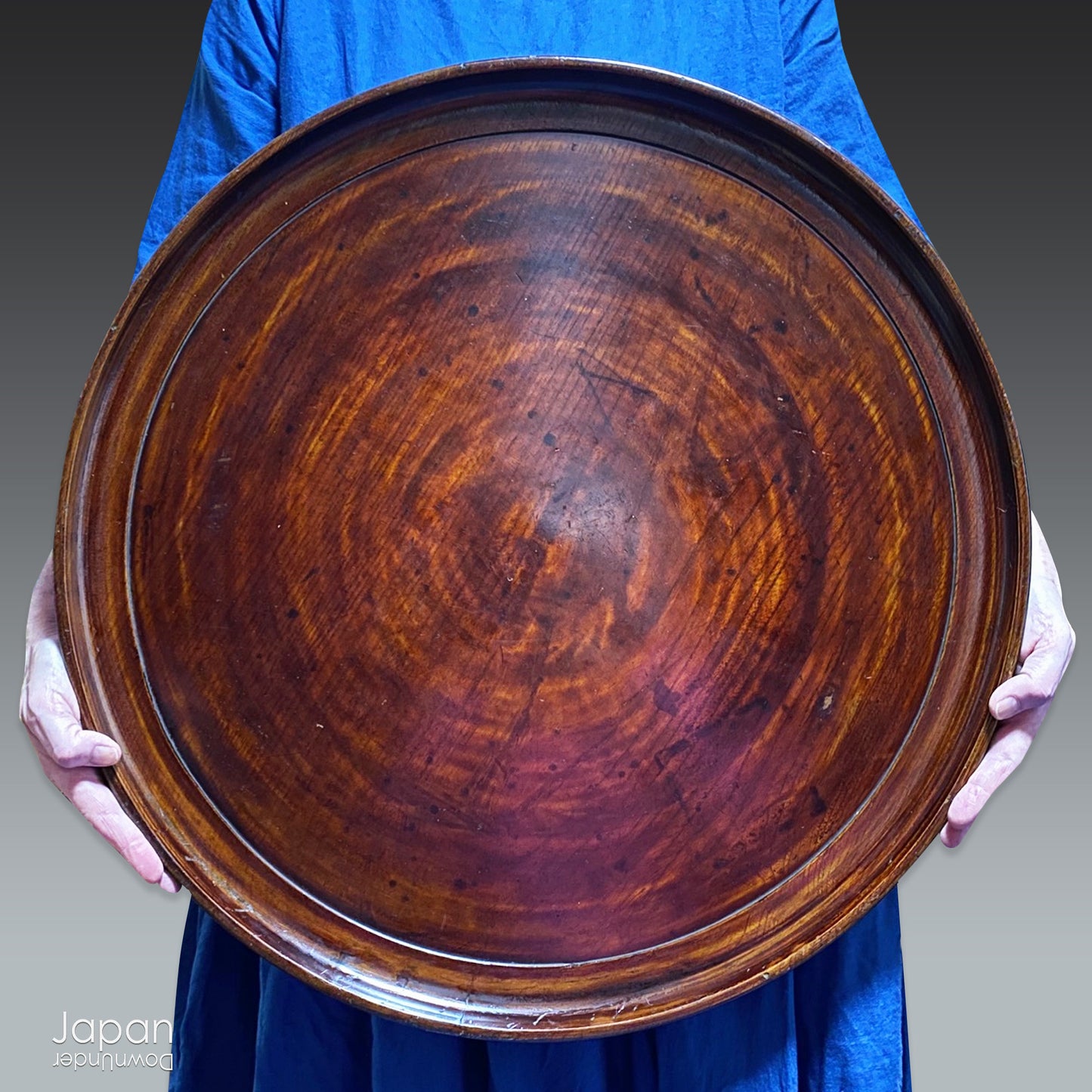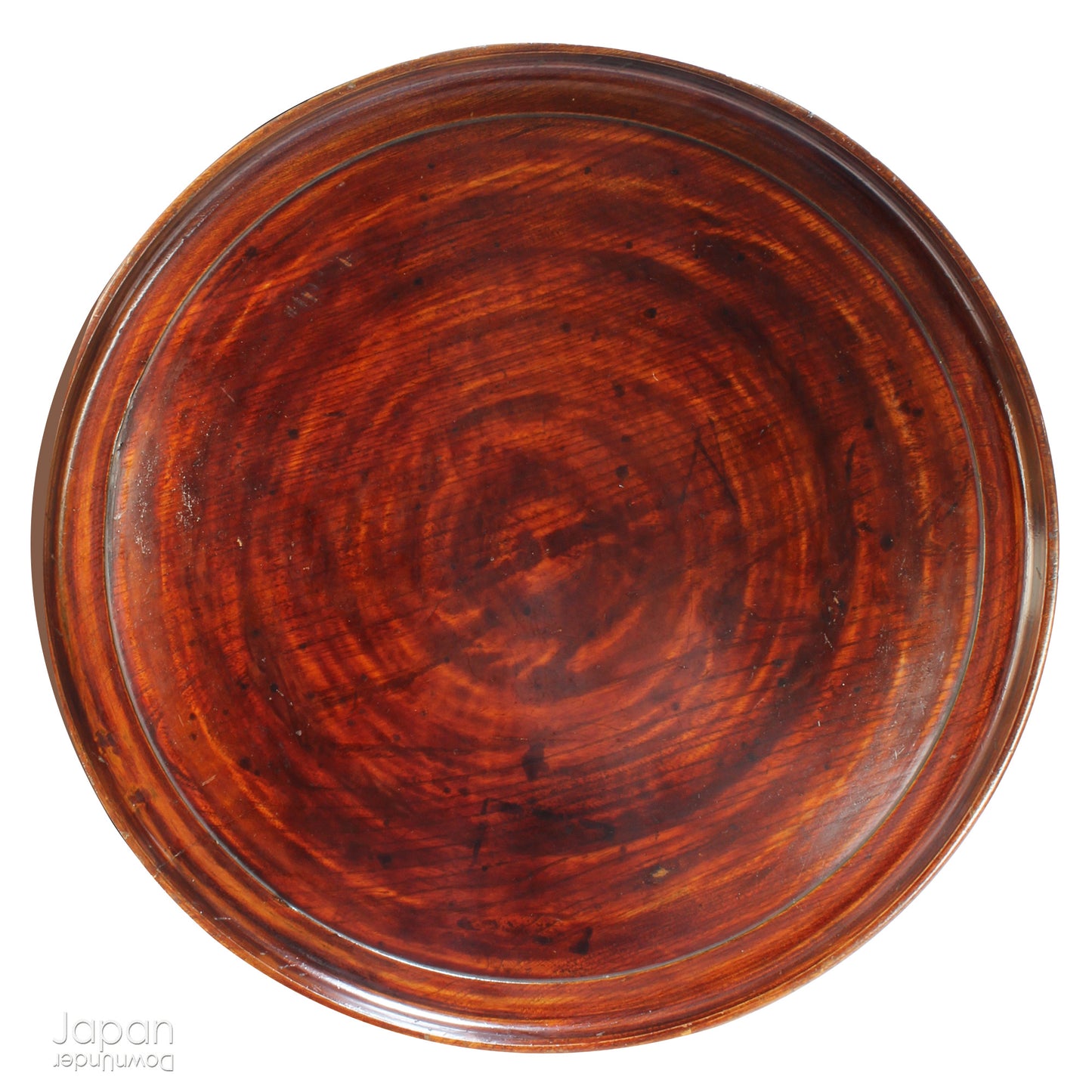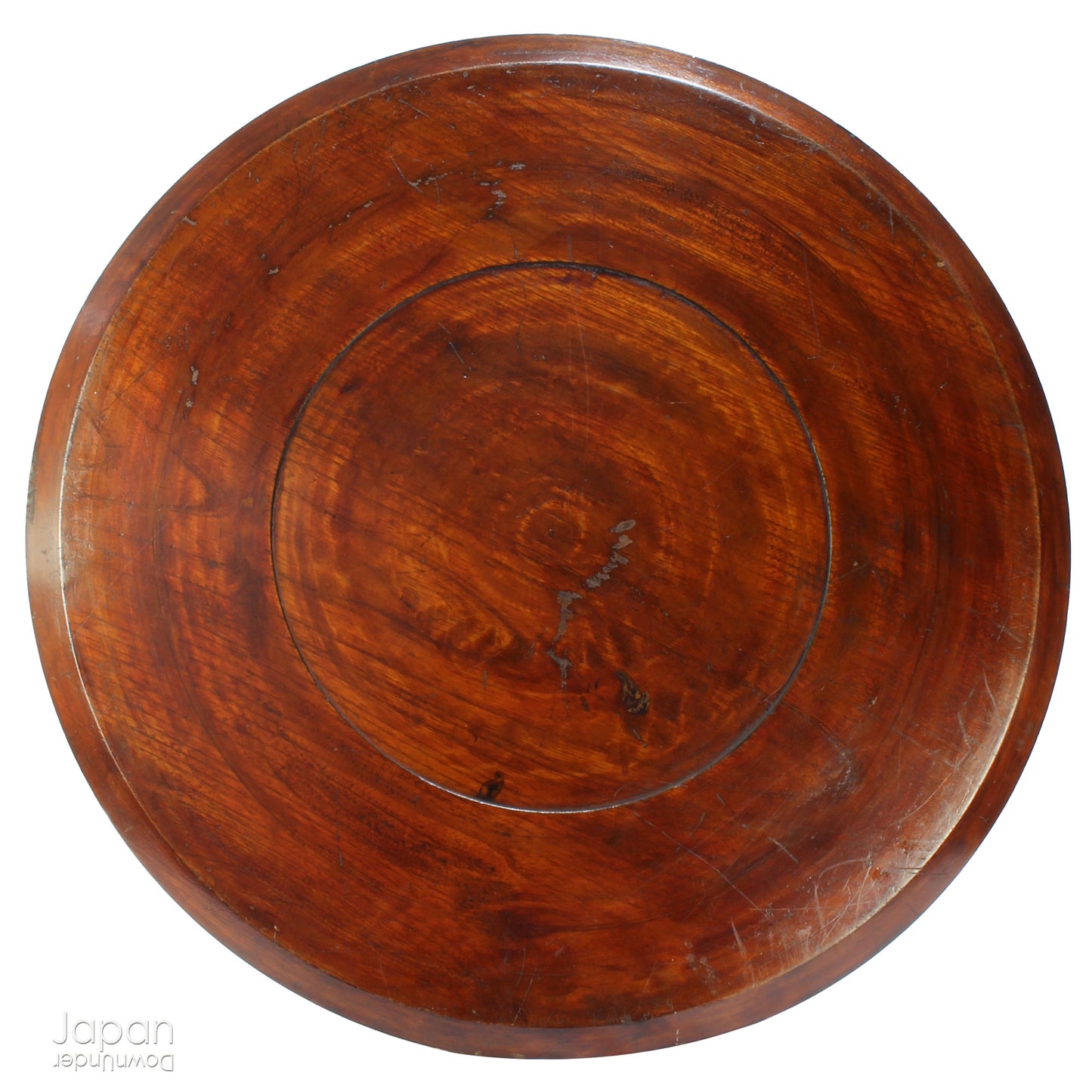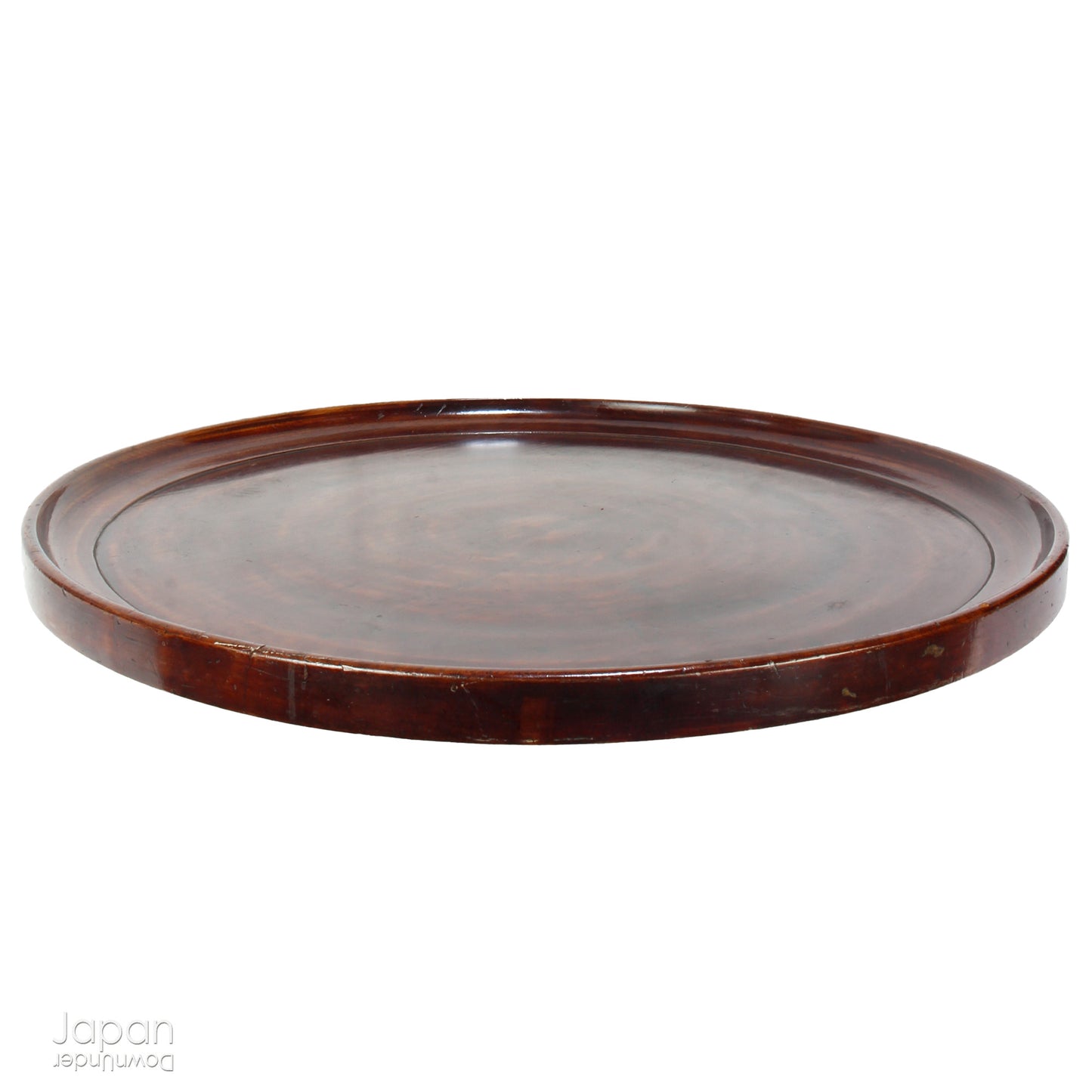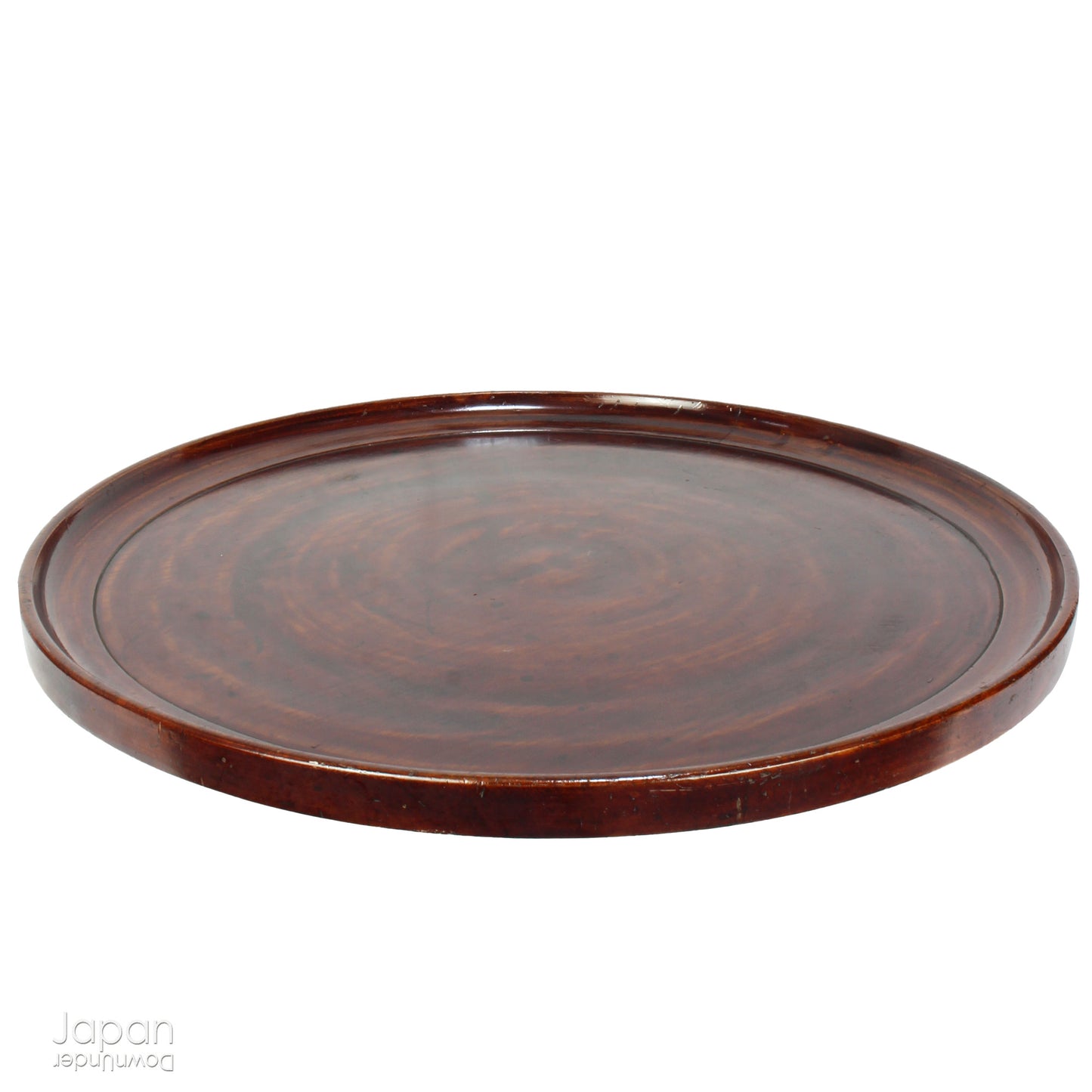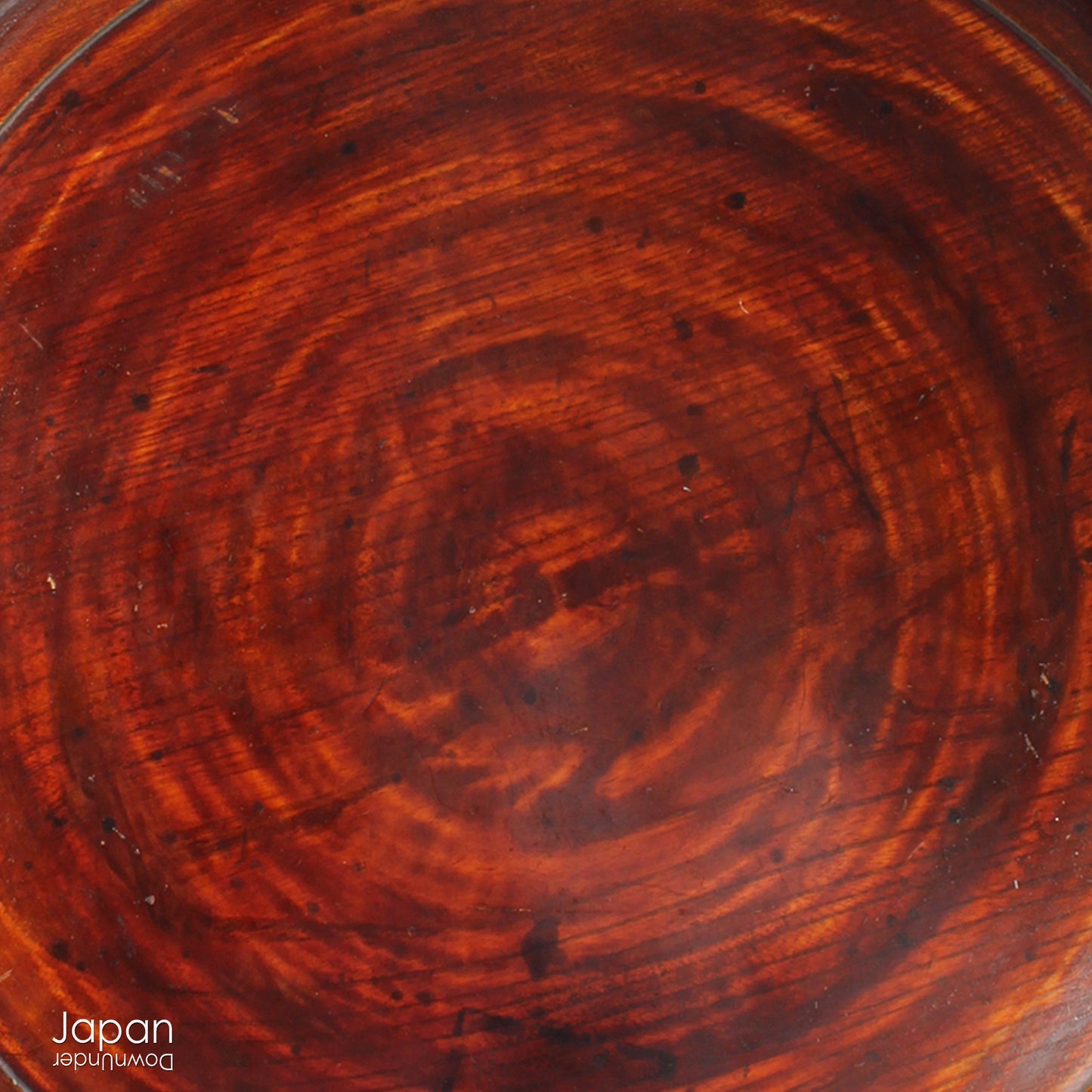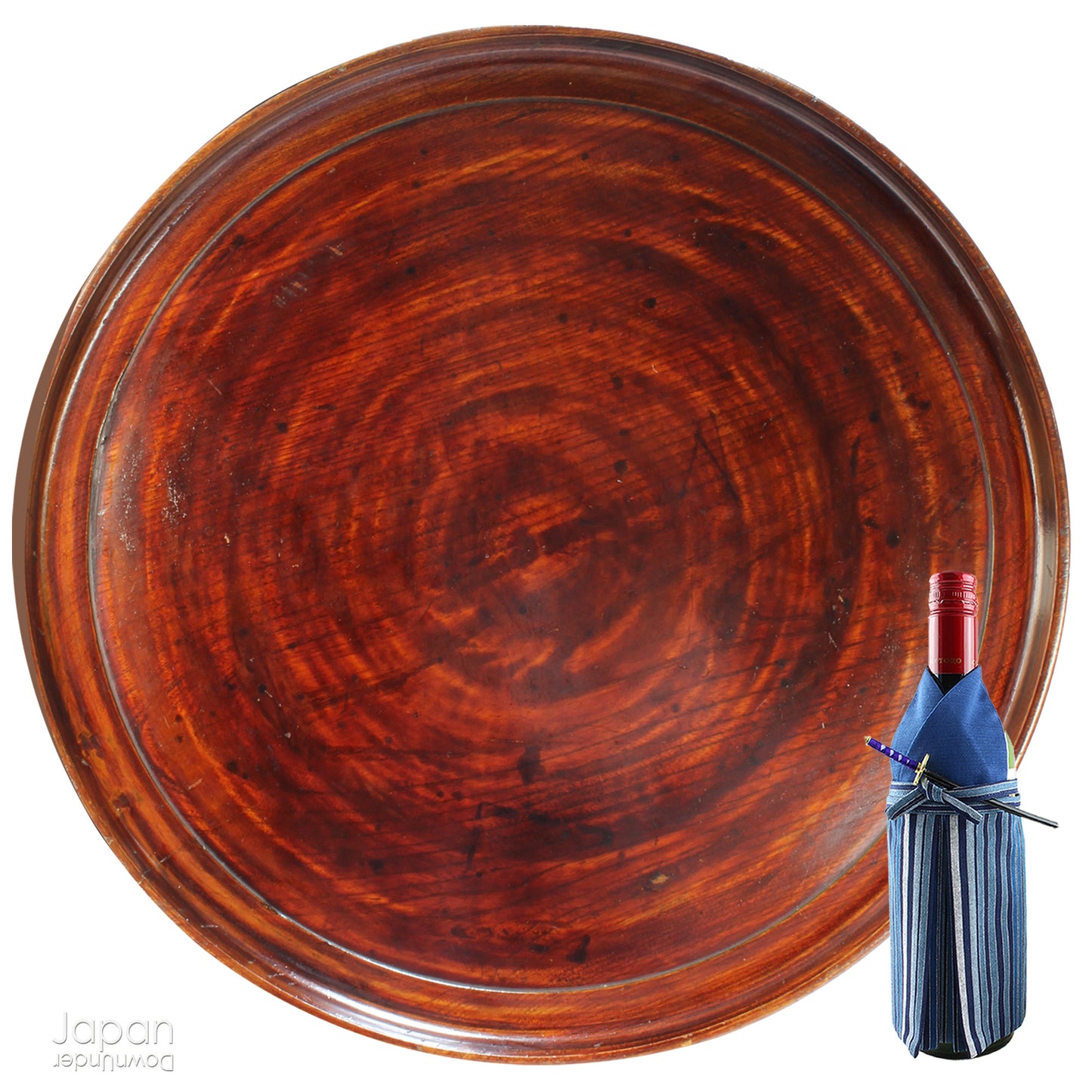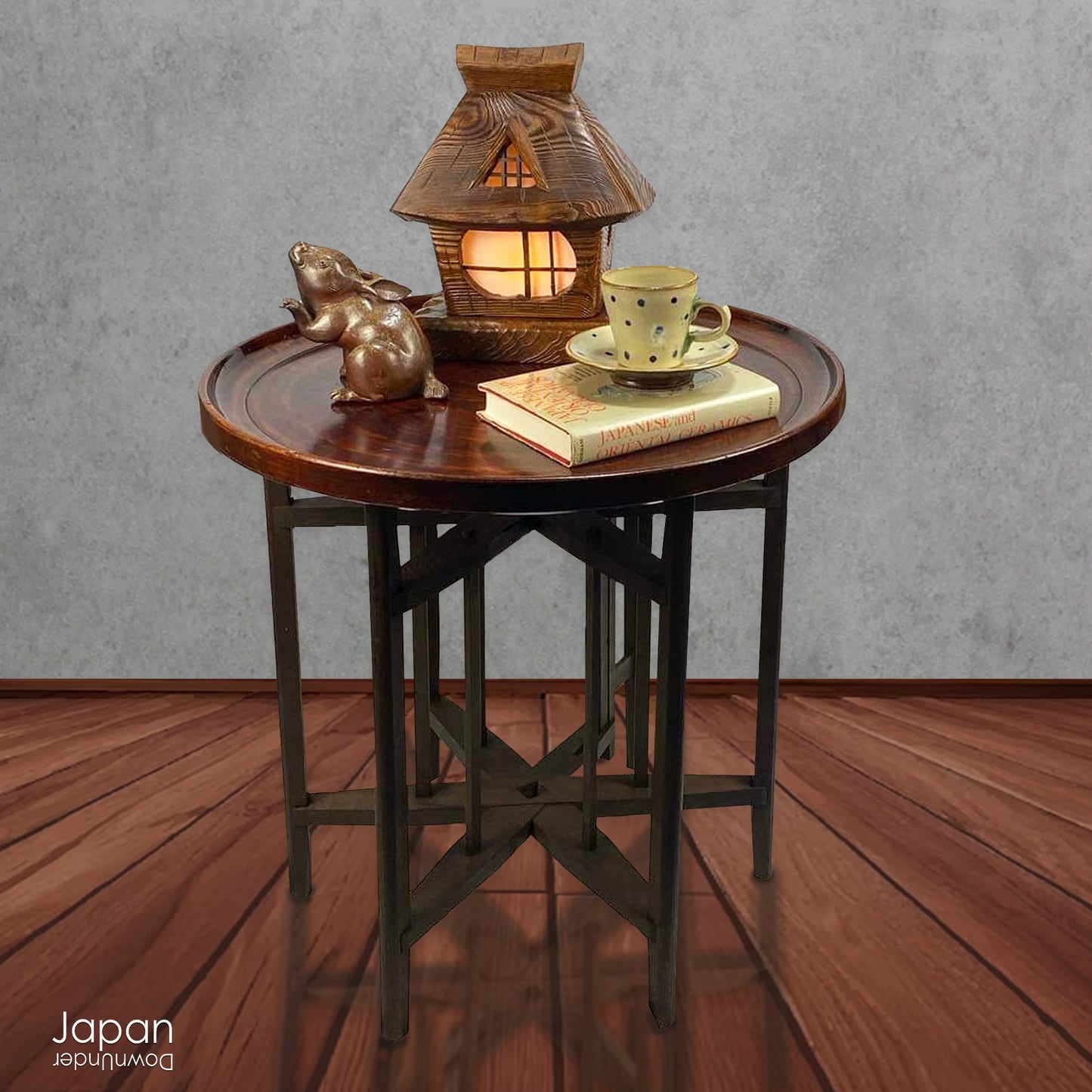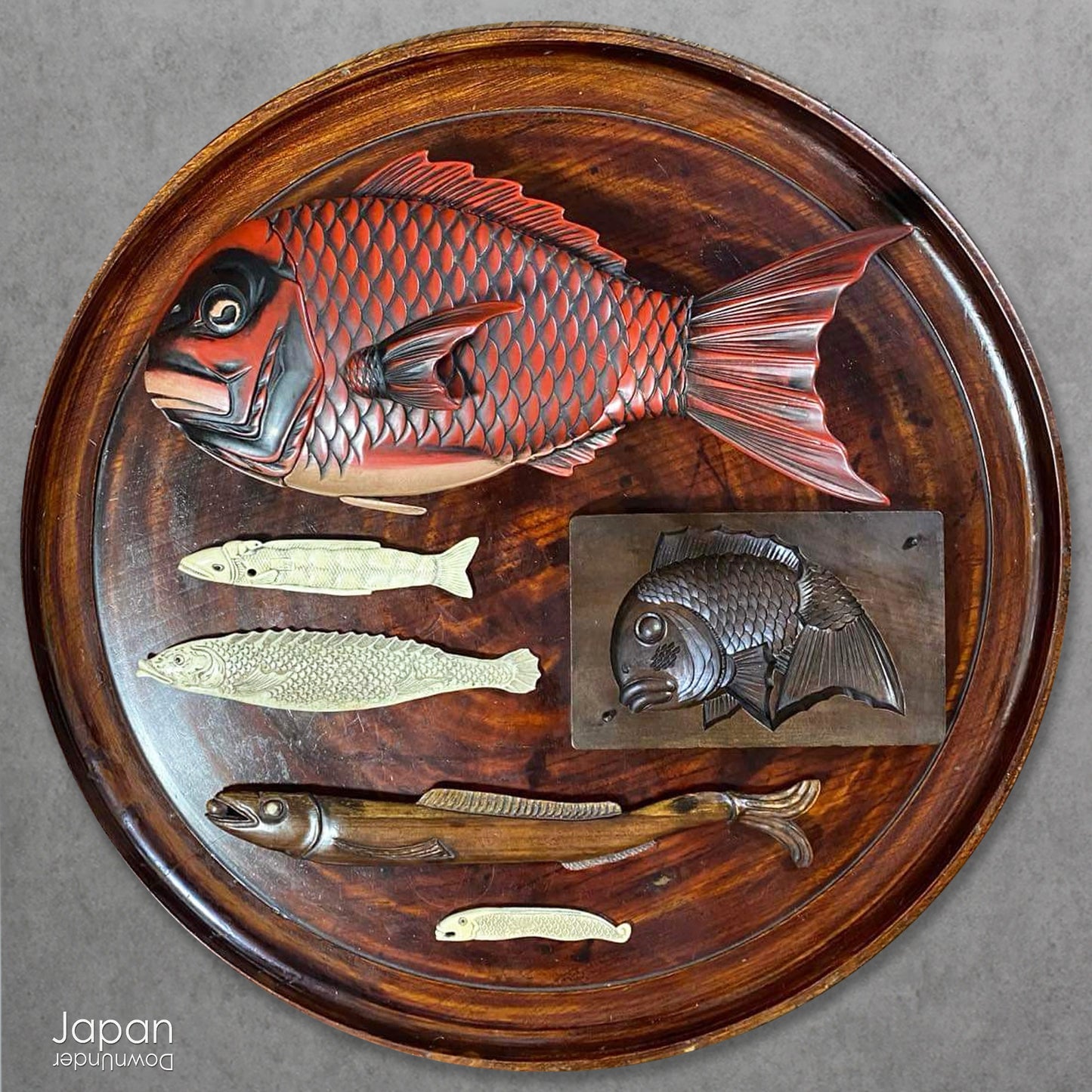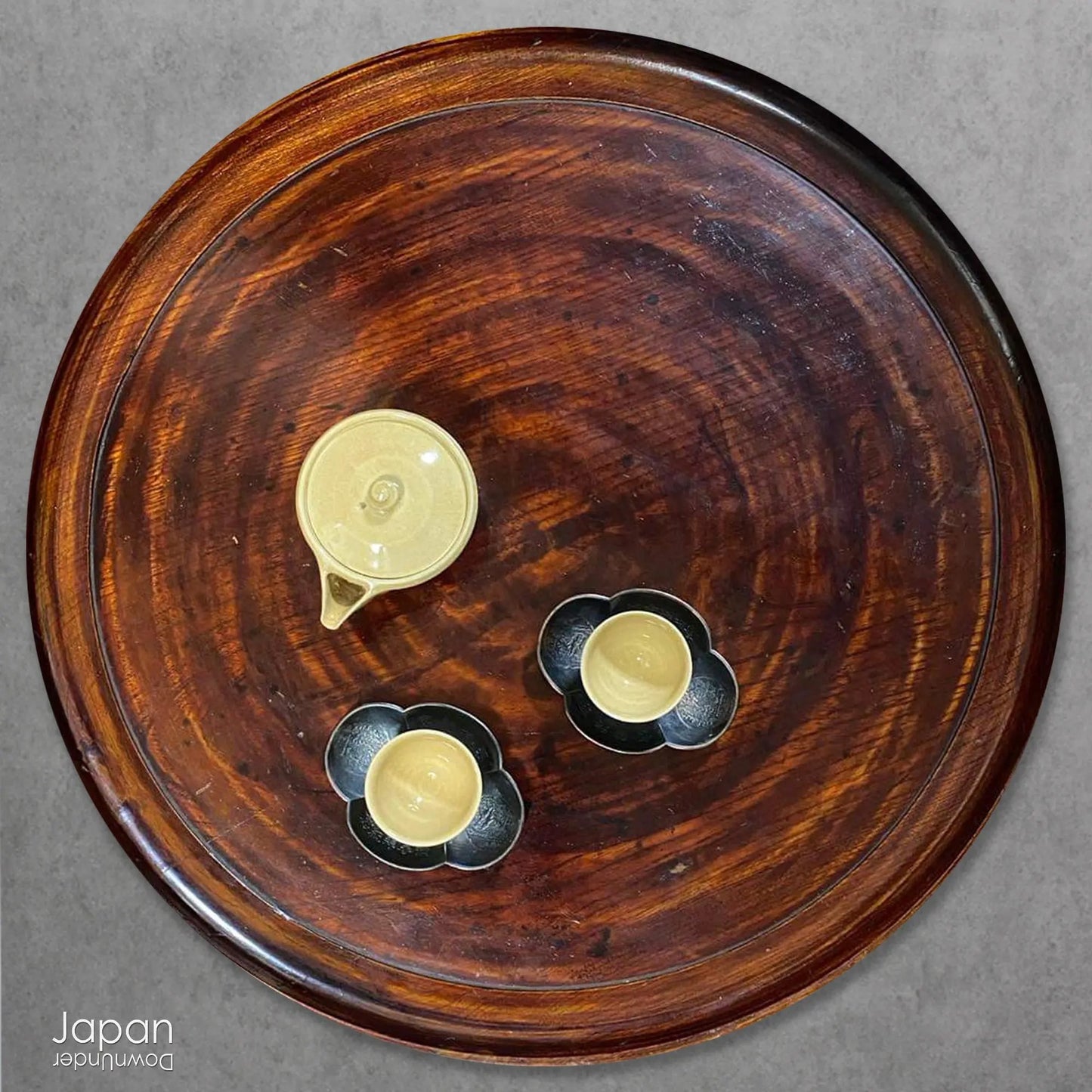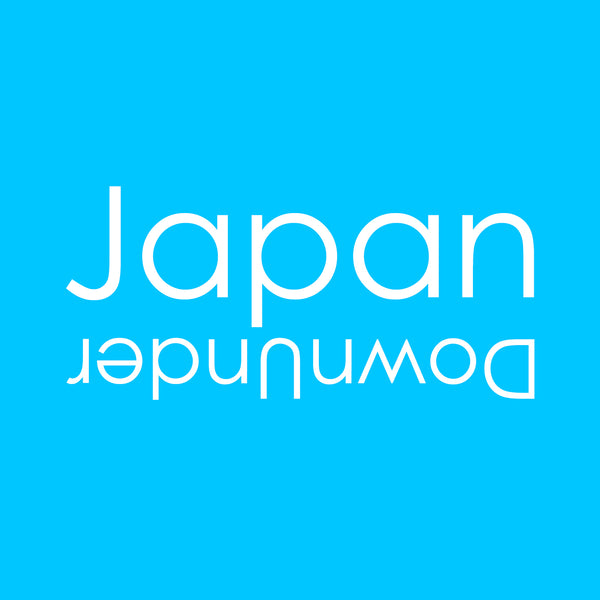JapanDownUnder
large wooden serving tray - antique japanese folk art
large wooden serving tray - antique japanese folk art
Couldn't load pickup availability
Love Japanese Style Like We Do
Add timeless charm and rustic elegance to your home with this exceptionally large antique round tea tray, hand-carved from a single cross-section of zelkova (keyaki) wood. A beautiful marriage of form and function, this piece serves equally well as a statement display stand, a unique tabletop, or a traditional tea-serving tray.
Renowned for its strength and durability, keyaki is one of Japan’s most prized hardwoods, especially valued in the making of fine furniture and accessories. This tray is finished in a translucent brown lacquer that highlights the natural grain and features a striking pattern of concentric circles radiating outward from the center - an artistic nod to the piece’s ceremonial origins.
Originally used in sencha tea ceremonies, the tray features a raised rim to keep utensils in place. Its smooth finish and deep, rich patina speak to decades of use, imbuing it with authentic character and warmth. While it bears minor surface scratches and slight irregularities consistent with hand craftsmanship, it remains in good condition with no cracks.
This tray embodies the rustic beauty of Japanese mingei (folk art) tradition and offers remarkable versatility. Whether used for serving tea, anchoring a decorative centerpiece, or placed atop a large silk industry itomaki (thread winder) as a low table, it brings a grounded, artful presence to any interior.
- measures around 60 cm (24”) in diameter x 4 cm (1.6”) high.
- weighs 3,020 gm
(listing for tea tray only)
SHIPPING INFORMATION
- please read our shipping notes in shipping policy.
- we use recycle packaging and wrap for safety, rather than appearance.
ABOUT OUR VINTAGE, ANTIQUE AND OTHER ITEMS
We list pieces we feel are worthy of display. There may be scratches, dents, fading and signs of wear and tear. We try to explain the condition of each item exactly, but may miss something.
Information regarding the item and it’s age is obtained from dealers and our personal research. We do our best to give you the correct information but please be aware that we cannot guarantee this information.
Please message us prior to purchase with any questions you may have about our products.
SENCHADO
Senchado is a way of drinking Japanese tea that is different from the more well known Chado. Chado uses powdered green tea and Senchado uses Japanese tea leaves and hot water kept at a precise temperature. Chado, using different kinds of utensils and a different sequence of movements for making tea, was popular as an education among the samurai. On the other hand Senchado spread from experts in poetry, literature, painting, calligraphy and down to the general public by enjoying a conversation over a cup of tea.
Sencha tea was first created in Japan around 1740. The tea was inspired by loose leaf tea from China, but created using local Japanese plants. A priest, Gekkai Genshō, is credited with introducing Sencha in the capital city of Kyoto and beyond. He’s often called Baisao or ‘old tea seller.’ In his mid-forties, he left his temple and made his living selling this new type of tea. He was an interesting character, and even wrote poetry about it.
“Seventy years of Zen got me nowhere at all, shed my black robe, became a shaggy crank, now I have no business with sacred or profane, just simmer tea for folks and hold starvation back.”
Shortly after Baisao introduced Sencha to Japan, the Senchado ceremony was created. One of the unique things about Senchado is that it's very much an oral tradition, passed down from teacher to student and its hard to find any manuals on how to perform it.
Senchado is a more simple and relaxed form of enjoying tea. A small teapot with no handle, a small water cooler, very small tea cups and a tray are used. Participants often drink two cup of the high grade, brewed gyokuro tea leaves.
Although there are differences in the utensils, manners and histories between Senchado and Chado they are the same in terms of treating guests sincerely and having them enjoy drinking tea. Not only are you able to quench your thirst but also calm your mind and develop a sensitive and harmonious spirit.
MINGEI
Mingei are the tools and utensils that were used daily by the common people in Japan. They were inexpensive, simple and functional. Usually produced by hand, in large quantities, their artists were anonymous. They became representative of the local area where they were produced.
The word Mingei combines “min” meaning common people and “gei” meaning art - the art of the common people. It was coined by the Japanese philosopher Sōetsu Yanagi. He found beauty in ordinary crafts for daily use and argued that true beauty could be found only in the objects made by unknown people, in a spirit of selfless innocence and in close harmony with nature.
Share
